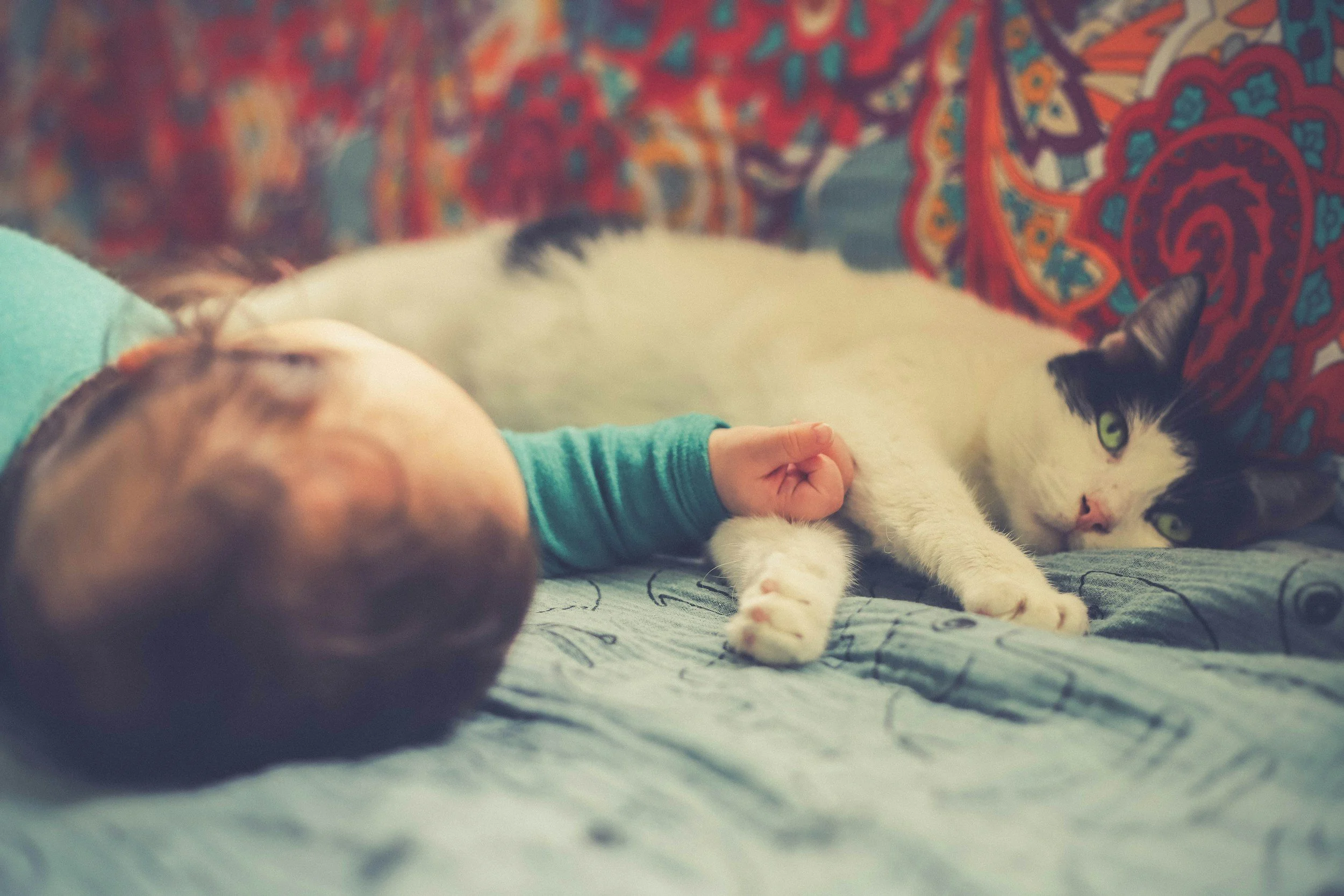Children and Pet Loss: Compassionate Support for Children Grieving a Beloved Pet
The loss of a beloved pet is heartbreaking for the whole family, and it can be especially challenging for children. At Love & Toe Beans, we understand how deeply pets are loved as cherished family members and trusted companions. Supporting children through pet loss grief with care and kindness is essential for their emotional healing.
If you’re considering in-home pet euthanasia or navigating the difficult journey of saying goodbye, we’re here to help guide your family gently through this time. This guide offers compassionate advice on how to support children experiencing the loss of a dog or cat, helping them understand grief, find comfort, and celebrate the special bond they shared.
Speak Gently and Honestly
Children process loss differently depending on their age and emotional maturity. Tailoring your explanation to their level of understanding can help them feel safe and supported.
For Younger Children: Use simple, clear words. Avoid terms like “put to sleep,” which may confuse or scare them. Instead, gently explain that their pet’s body has stopped working and they won’t feel pain anymore.
For Older Children: Provide more detail and invite their questions. Let them share how they feel, and validate their emotions with kindness.
Help Them Express Their Feelings
Children may not always know how to talk about their grief, so creating safe ways for them to express their emotions is important.
Encourage Sharing: Ask open-ended questions and let them share their memories and feelings about the pet.
Creative Outlets: Suggest drawing pictures, writing a story, or creating a scrapbook filled with memories of their pet.
Say Goodbye Together
Goodbyes are an important part of healing. Involving children in a meaningful farewell can help them find closure.
Hold a Family Ceremony: Invite your child to share their favourite memories, light a candle, or say a few words to honour their pet.
Plant Something Special: Plant a tree or flowers in the pet’s memory, giving them a tangible connection to their companion.
Create a Keepsake: Work together to frame a favourite photo, make a paw print impression, or craft a small memorial item.
Answer Their Questions with Care
Children may ask many questions about what happened to their pet, why it happened, and what happens next. Answer them gently and honestly.
If your family holds spiritual beliefs, share them in a way that you feel comfortable.
It’s okay to say, “I don’t know,” if you’re unsure about certain answers. Your honesty builds trust and reassures them that it’s okay to wonder.
Be Attentive to Their Needs
Children often show their emotions in different ways, and it’s important to look for signs of how they are coping.
Normal Grief Behaviours: Expect moments of sadness, withdrawal, or even unexpected bursts of playfulness as they process their feelings.
When to Seek Help: If your child has difficulty sleeping, expresses prolonged sadness, or feels guilty about the pet’s passing, consider reaching out to a counsellor or therapist who can provide additional support.
Lead by Example
Children look to adults to understand how to cope with loss. Sharing your own feelings can show them that it’s okay to grieve and to remember the good times.
Be open about your emotions while remaining reassuring.
Let them see that it’s possible to feel sad and still celebrate the love and joy their pet brought to the family.
Celebrate the Love You Shared
As time passes, help your child focus on the joy their pet brought into their life.
Reflect Together: Talk about the fun moments, silly habits, and special memories of their pet.
Life Lessons: Share how their pet taught them about kindness, responsibility, and unconditional love.
Honour Their Memory: Encourage your child to think about ways to keep their pet’s legacy alive, like helping other animals or sharing their story with others.
💛 Holding Space for Love
Helping children through the loss of a beloved pet requires empathy, patience, and love. At Love & Toe Beans, we believe in gently guiding families through pet loss grief with compassion and understanding. By allowing space for their emotions and celebrating the beautiful bond shared with their dog or cat, you’re not only helping children heal but also teaching them about the strength of love, resilience, and healing.
If you need support please reach out to the Love & Toe Beans team or visit out Love & Toe Beans Blog for more useful resources.
With Love (& Cherished Toe Beans),
The Love & Toe Beans Team ❤️



